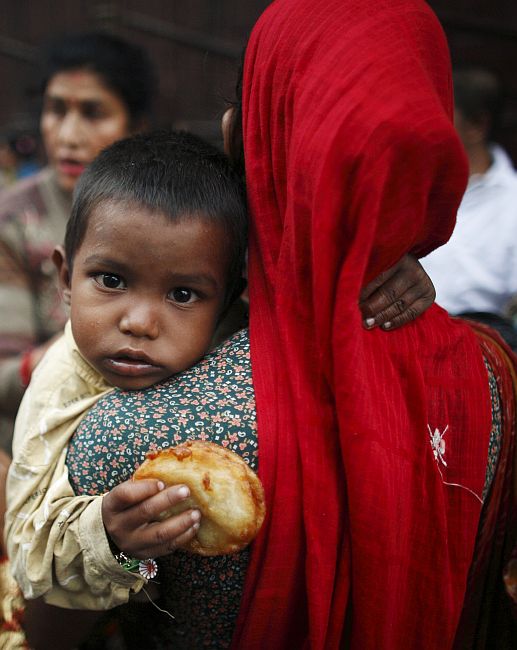
A new panel has found that 29.5 per cent of India's population was poor in 2011-12 against just 21.9 per cent estimated under the previous methodology which had drawn sharp criticism from various quarters.
In absolute terms, 363 million people were below the poverty line that year, higher by about 93 million over 269.8 million estimated earlier.
…
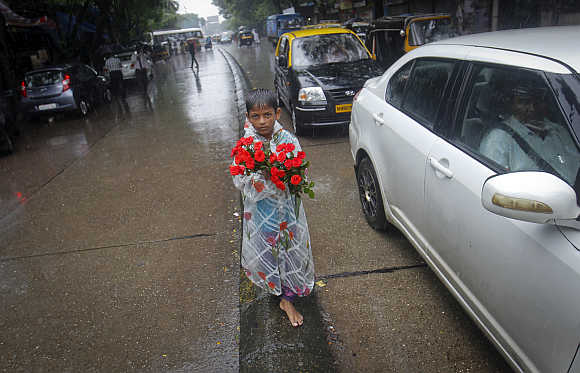
However, the poverty rate - the number of poor as a proportion of the population - came down swifter in the new estimates prepared by the panel headed by former Prime Minister's Economic Advisory Council chairman C Rangarajan than calculated earlier on the Suresh Tendulkar methodology.
The Rangarajan panel recently submitted its report to the government.
…
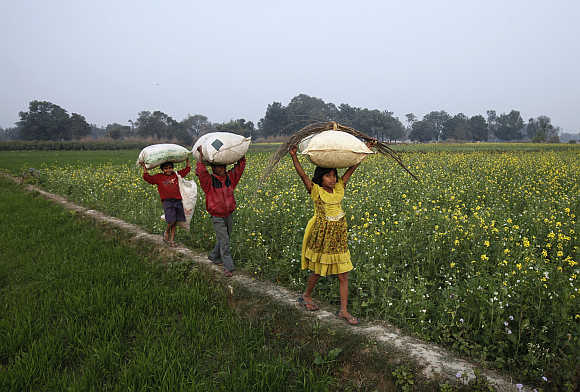
A greater number of people were classified under poverty in 2011-12 as the Rangarajan committee raised the poverty line compared to that fixed earlier, officials said.
The Rangarajan panel says anyone spending up to Rs 47 a day in urban areas and Rs 32 in villages would be considered poor as of 2011-12.
The Suresh Tendulkar methodology had pegged these levels at Rs 33 in urban areas and Rs 27 in villages. By either method, poverty was reduced during 2009-10 to 2011-12 (the first three years of the second UPA government).
…

For 2009-10, the Suresh Tendulkar methodology had pegged the poverty line at Rs 22 in villages and Rs 29 in urban areas. These were raised to Rs 27 and Rs 40, respectively, by the Rangarajan committee.
As many as 91.6 million people were lifted out of poverty, according to the Rangarajan panel report, during the period as there were 454.6 million poor in 2009-10.
The estimation based on the Suresh Tendulkar methodology had earlier shown that 84.9 million people came out of poverty since the number of poor stood at 354.7 million in 2009-10.
…
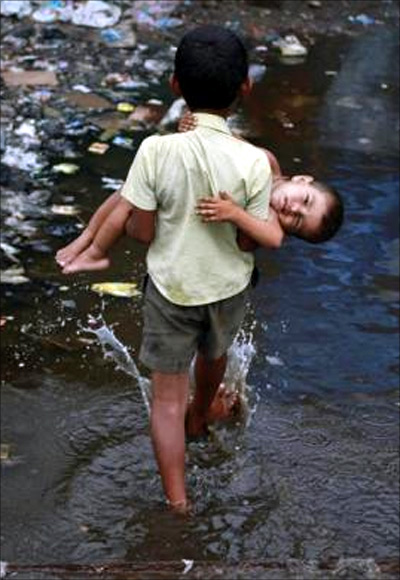
The poverty rate fell by 8.7 percentage points in this period under the Rangarajan formula against a 7.9 percentage point fall under the Tendulkar methodology.
This was also the point made by the previous regime - that whichever methodology one looked at, poverty was reduced during its rule - highlighting that its welfare schemes such as NREGS worked.
However, officials did not give comparative figures to assess if the poverty rate declined faster under the UPA or the earlier NDA regime.
…
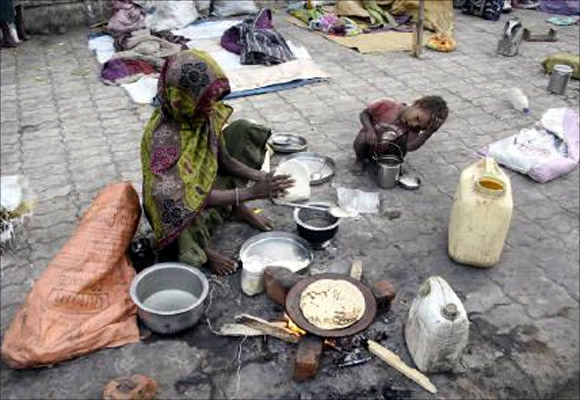
The pattern is the same for rural and urban India, but the Rangarajan panel shows poverty was much underestimated in urban areas previously.
As many as 53.1 million people in urban parts, constituting 13.7 per cent of the population, were estimated to be poor in 2011-12 by the earlier estimate.
…
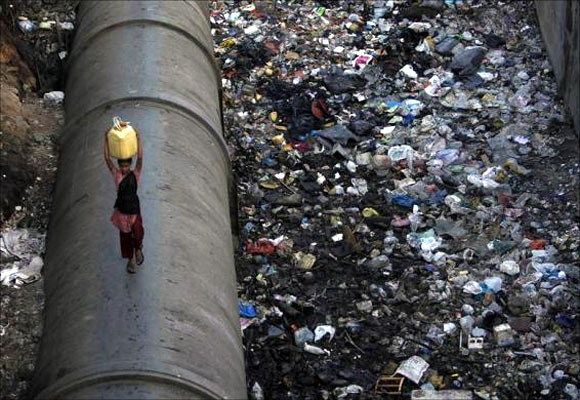
By the new methodology, poverty in absolute numbers was almost twice as high at 102.5 million, constituting 26.4 per cent of the urban population.
The poverty numbers are based on the National Sample Survey Office (NSSO) report on the consumption expenditure for 2009-10 and 2011-12.
…

So, which side should one look at: the absolute number or the rate of decline in poverty? "Both absolute numbers and the rate of reduction in poverty are important," said former Planning Commission member and poverty estimation expert Abhijeet Sen.
Notably, the Rangarajan panel made a sharper revision in the poverty line in urban areas than in rural areas. So, while the line was raised from Rs 27 (Tendulkar committee method) in 2009-10 to Rs 32 in 2011-12 in rural areas, a rise of 18.5 per cent, the line for urban areas was raised from Rs 33 to Rs 47, representing an increase of 42 per cent.
According to the Tendulkar committee method, the poverty line in urban areas was 22 per cent higher than in rural areas in 2011-12, but the same was 47 per cent according to the Rangarajan panel.
…
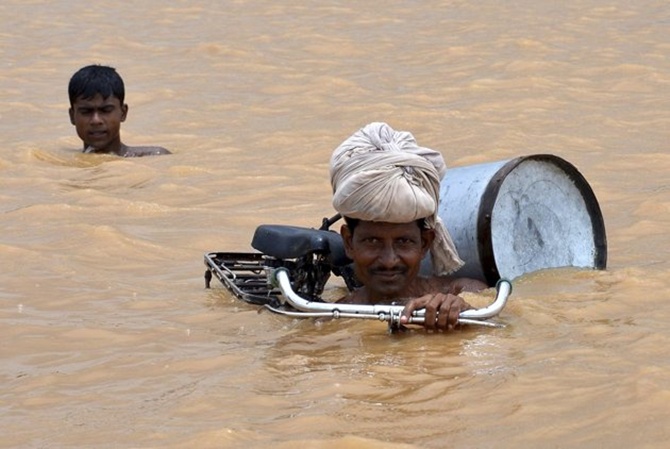
"The Rangarajan panel seems to have gone back to the Lakdawala panel report (on which Tendulkar made improvements) so far as poverty lines are concerned," Sen said.
Using the Lakdawala panel method, the poverty line was fixed at Rs 11.87 per day per capita expenditure in rural areas, lower by 51.2 per cent compared to Rs 17.95 in urban areas in 2004-05.
…
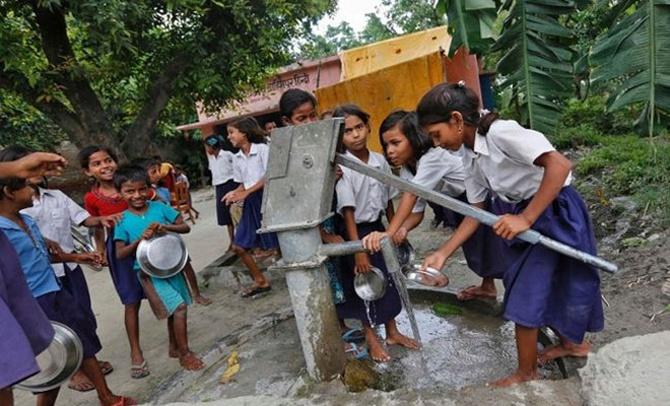
Officials said the Rangarajan panel suggested that poverty ratios should be disengaged from entitlements under various social security programmes.
This means that entitlements for, say, the Food Security Act should not be based on the number of people below the poverty line but on some other methodology such as, say, the social and caste census.